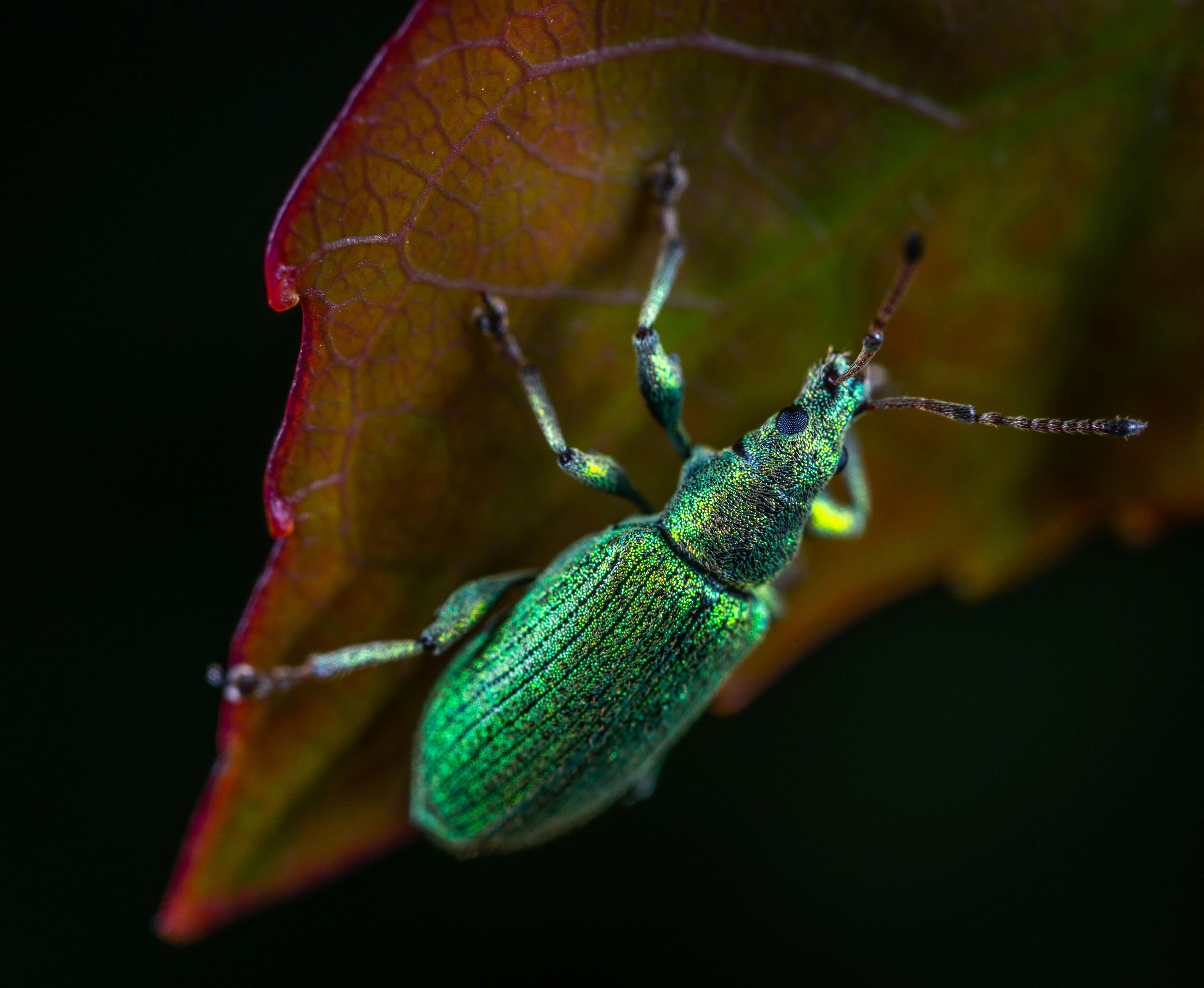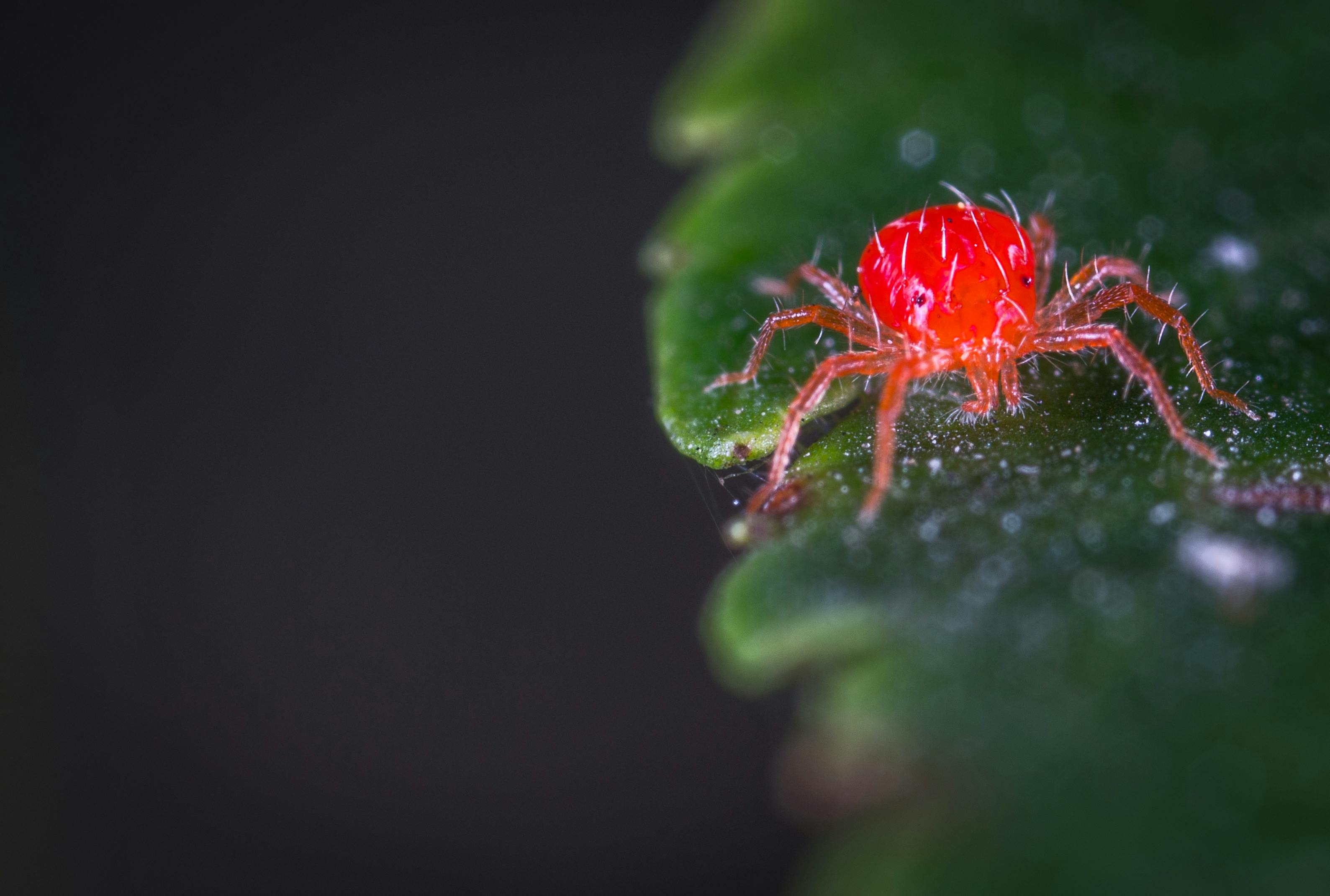Creating a pest-proof garden is possible when you take the right steps to ensure your plants are well taken care of. By following the tips below, you can keep bugs and other pests from destroying your flowers and vegetables. With some simple changes, you can build a garden that will be strong enough to resist any pest problems.Designing a pest-proof garden requires some planning and forethought. Here are some steps to help you get started:
1. Start by identifying the type of pests you are trying to keep out of your garden. Different species require different approaches, so it’s important to know what you’re up against.
2. Once you have identified the type of pests, decide what type of barriers or repellents will be most effective at keeping them out. This could include things like fencing, netting, or chemical sprays.
3. Plant pest-resistant varieties of
Identify Common Garden Pests
Gardening can be a rewarding experience, but it can also be difficult when pests start to invade your plants. Knowing which pests are common in your garden and how to identify them is the first step to controlling them. In this article, we’ll discuss some of the most common garden pests and how to identify them.
One of the most common garden pests is aphids. These small, soft-bodied insects feed on the leaves, stems, and flowers of plants. They can cause distorted growth
Keeping Weeds Out of Your Garden
Weeds can be a nuisance in any garden, but there are ways to keep them from taking over. One of the most important steps for weed control is to prevent their growth in the first place. This can be done by keeping the soil healthy, planting appropriate plants and using mulch to discourage weed seeds from germinating. Additionally, regular weeding is essential for keeping your garden weed-free.
Good soil preparation is key to preventing weeds from taking hold. Prior to planting, use a garden fork
Choose Plants Resistant to Pests
When it comes to gardening, one of the most important things to consider is choosing plants that are resistant to pests. This will save you the hassle of dealing with pesky bugs and other insects that can ruin your hard work. By selecting plants that are naturally pest-resistant, you can minimize your chances of infestation and have a healthier, more productive garden.
There are many different methods for choosing pest-resistant plants, such as researching varieties that are known for their natural resistance or selecting plants based on their growing environment. Additionally,
https://images.pexels.com/photos/1149673/pexels-photo-1149673.jpeg
Trapping and/or Repelling Pests
Trapping and repelling pests is an important part of keeping your home and yard safe from pests. There are a variety of methods to keep pests away, including traps, repellents, and other control methods. Traps can be used to catch and remove pests from your property. Traps come in a variety of shapes and sizes and can be used for different types of pests. Repellents work by emitting a smell or sound that is unpleasant to the pest, making it less likely to enter your home or yard. Repell

Create Physical Barriers to Block Pests
Creating physical barriers is one of the most effective methods of blocking pests from entering your property. This can involve setting up fences, screening windows and doors, and using caulk or other sealants to prevent entry points. Fences are great for keeping out larger pests, such as raccoons or skunks, while screening windows and doors can help keep out smaller pests like flies and mosquitoes. Caulk or other sealants can be used to fill in any cracks or crevices that might be providing an entry point for
Practice Good Sanitation in the Garden
Good sanitation practices are essential for keeping your garden healthy and free of disease and pests. Proper sanitation includes cleaning up debris, disposing of infected plants, and controlling weeds. It is also important to practice good hygiene when gardening to avoid contaminating the soil or plants with harmful bacteria.
Clean up any leaves, twigs, and other debris that have fallen onto the ground or into containers. This will help to reduce the risk of disease-causing organisms from taking hold in your garden. Dispose of plant debris off
Encourage Beneficial Insects and Other Animals
In an effort to support a healthy and diverse ecosystem, it is important to encourage beneficial insects and other animals. Beneficial insects, such as bees and butterflies, help pollinate plants and provide vital nutrients to the environment. Other animals, such as birds and small mammals, play an important role in controlling pests that can damage crops. By creating a habitat that welcomes beneficial insects and other animals, you can help ensure the health of your garden or yard for years to come.
One way to encourage beneficial

Conclusion
A pest-proof garden doesn’t happen overnight. It requires planning, maintenance, and vigilance. However, if you take the time to create a healthy soil environment and plant pest-resistant varieties of plants, it will be well worth the effort. Pest-proof gardens are a great way to create an enjoyable outdoor space while minimizing harm to both your plants and the environment. By taking steps to reduce or prevent damage from pests through careful selection and proper care, you can enjoy a healthy, beautiful outdoor space for years to come.
Creating a pest
